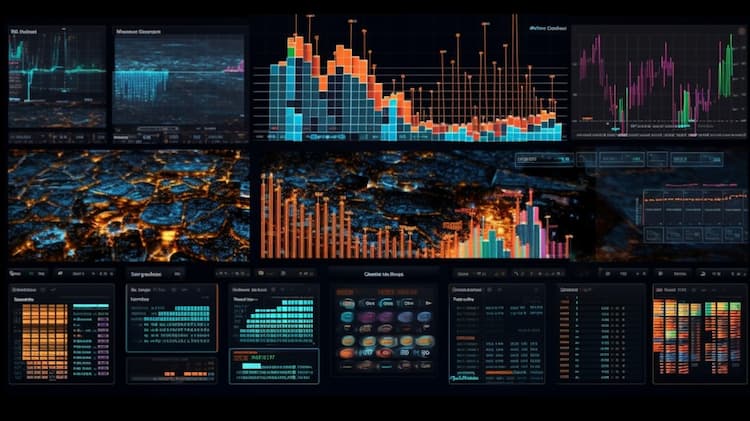
QQQ VS XLK
In the world of finance, ETFs (Exchange Traded Funds) have become a popular investment vehicle for both institutional and retail investors. Among the myriad of ETFs available, two stand out for those interested in the technology sector: QQQ and XLK. Both are renowned for their exposure to the tech industry, but how do they differ? Let's dive deep into the QQQ vs XLK debate.
QQQ VS XLK: Sectors and Top Holdings
QQQ, also known as the Invesco QQQ ETF, tracks the NASDAQ-100 Index. This index comprises 100 of the largest non-financial companies listed on the NASDAQ stock exchange. While it does have a significant tech exposure, it also includes companies from other sectors like healthcare, consumer discretionary, and more. Some of its top holdings include giants like Apple, Amazon, and Microsoft.
On the other hand, XLK, the Technology Select Sector SPDR Fund, is more narrowly focused on the tech sector. It tracks the Technology Select Sector Index, which is a subset of the S&P 500. This means that all of its holdings are tech-related, with top names like Apple, Microsoft, and Visa leading the pack.
 QQQ overlap QQQ VS XLK
QQQ overlap QQQ VS XLK
QQQ VS XLK: Capitalization Strategy
When comparing QQQ vs XLK, it's essential to understand their capitalization strategies. QQQ operates on a modified market capitalization-weighted index. This means that the companies with the largest market caps have the most significant influence on the ETF's performance. However, to ensure that a single company doesn't dominate the index, there are certain caps in place.
XLK, in contrast, is purely market capitalization-weighted. The larger the company, the more influence it has on the ETF's movement. This can be both an advantage and a disadvantage. On the one hand, if the top companies perform well, the ETF will likely see positive returns. On the other hand, if these giants falter, the ETF could take a more significant hit.
QQQ VS XLK: Tracking and Exposure
In terms of tracking and exposure, both ETFs have their unique characteristics. QQQ, given its broader range of sectors, offers a more diversified exposure. While it is heavily tilted towards tech, it also provides a mix of other industries, making it slightly less volatile in tech market downturns.
XLK, being purely tech-focused, offers a more concentrated exposure to the tech sector. For investors bullish on technology and wanting a direct play on the industry, XLK might be the better choice. However, this also means that it could be more susceptible to tech market fluctuations.
Conclusion
Choosing between QQQ and XLK boils down to an investor's goals and risk tolerance. If you're looking for broader exposure with a tech tilt, QQQ might be the way to go. However, if you're all-in on tech and are comfortable with the associated risks, XLK could be your pick.
Both ETFs have proven track records and are backed by reputable institutions. As always, before making any investment decisions, it's crucial to do thorough research and, if necessary, consult with a financial advisor.
Sources:
- Invesco QQQ ETF official website.
- Technology Select Sector SPDR Fund official website.
- NASDAQ official website.
- S&P 500 official website.
QQQ ETF issuer
QQQ ETF official page
QQQ quote and analysis
Discover the top holdings, correlations, and overlaps of ETFs using our visualization tool.
Our app allows you to build and track your portfolio.
To learn more about the QQQ Invesco QQQ Trust, access our dedicated page now.





